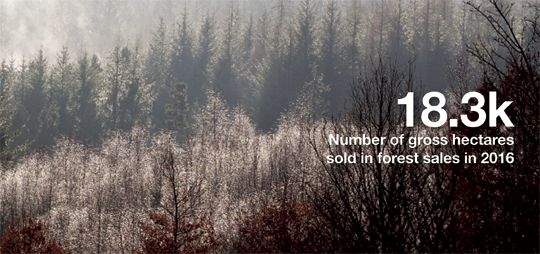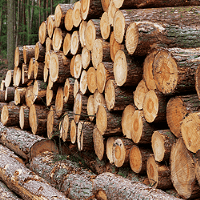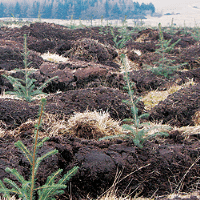Regional performance
As reported in our 2016 ‘Spotlight on the Forestry Market’ publication, average forestry values are diverse and the actual price paid is generally dictated by the location, quality, access, timber species and plantation age.
Our regional analysis focuses on four key regions; North, Central and South Scotland, and England & Wales. Figure 4 illustrates how the average productive price varies by region.
Over the past five years, South Scotland has always achieved the highest average capital values, reflecting the prime timber growing characteristics of this region.
During 2016 average values in England and Wales were higher than South Scotland with the average price rising by 26% to £11,600 per hectare.
Values in England and Wales were driven by a lack of investment property and therefore strong prices were paid for any opportunities that came to the market. South Scotland recorded a rise of 12% in average prices paid.
As previously highlighted, in North Scotland the area of forestry sold increased, but the average price per hectare fell.
Average prices in Central Scotland have shown the most variation over the last five years, but this reflects the wide range of land types and wide variability in forest quality across this area.
Although the average price here dipped in 2016, better quality spruce dominated properties rose in value, especially in parts of Argyll and Aberdeenshire, benefitting from improvements to regional timber marketing.
England and Wales enjoyed the highest (18%) regional annualised rate of value growth over the past five years (2011–16), followed by South Scotland at 10%. North (8%) and Central Scotland (3%) recorded the lowest growth rate (Figure 3).
.png)
.png)

.png)
.png)


